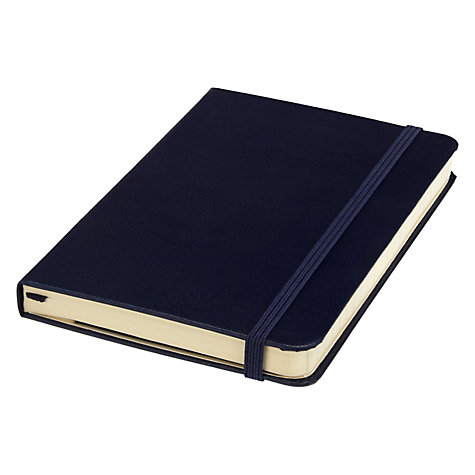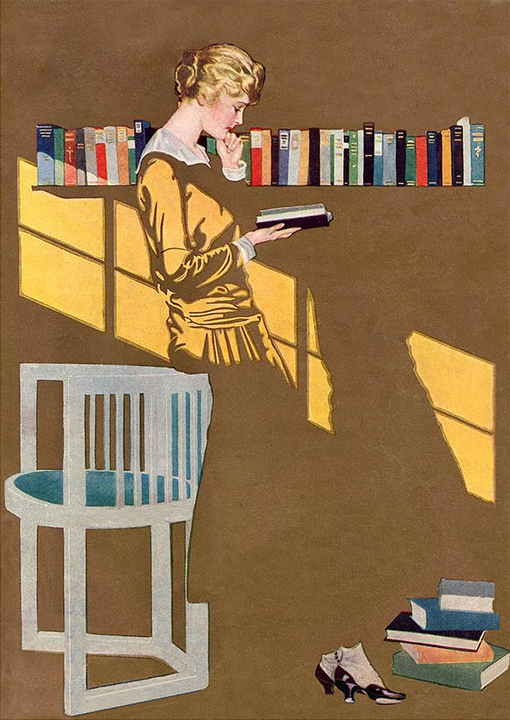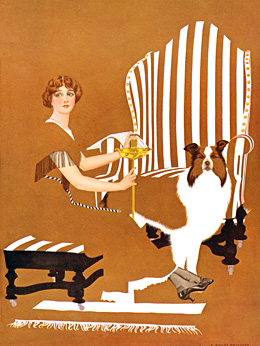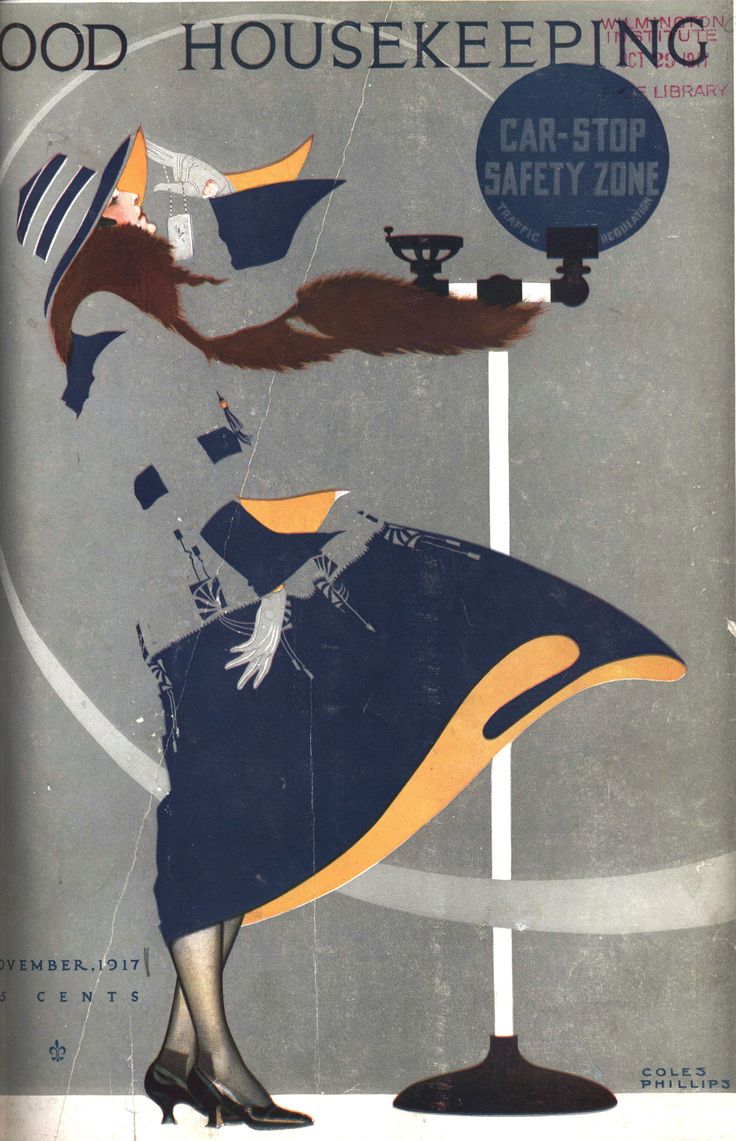Yesterday, I received the email below from Dongyi, a high school senior in China, who had found our new website and sent a message through the Contacts page. I was so impressed with her eloquence, her grasp of the DRSB ideas, and how the five perceptual skills are helping her with the rest of her studies. She gave me permission to share her message with you.
I have long been convinced that learning to draw and understanding those skills are highly transferable to many fields of study and should be part of every school curriculum. My hope is that one day, drawing will again be taught in schools, to help students access both sides of their brains!
Date: January 23, 2016
Subject: Heartfelt gratitude for Betty and the five perceptual skills which inspire me a lot !
Message:
Dear Betty Edwards,
How's it going?
I am a 17-year-old schoolgirl from China. About one year ago, I bought Drawing On the Right Side of Brain on my kindle. The idea of applying the five perceptual with a certain order to observe and obtain the 'aha' of things really impresses me. As you wrote in the last chapter of the edition published in 2012, the potential of the five skills is beyond the boundary of art and they can help with creative thinking as well, with which I totally agree.
As a senior school student, I applied the five skills to study and found that they are quite useful in organizing information. I have slightly adapted them to make them a better tool that I can use, and I kind of combined them with another theory--the constructal theory (like the five skills, the constructal theory is also general and can be applied to many, many things) by Adrian Bejan.
Sorry that I can't add photos here, and I find it impossible to express mysef clearly without sketches. But if you are interested in my exploration, it will be my honor to send another email with photos of my sketches directly to your email address.
Thanks again for your ground-breaking theory and please pardon me for any possible language mistakes in this message.
Best regards!
Yours sincerely,
Dongyi


















